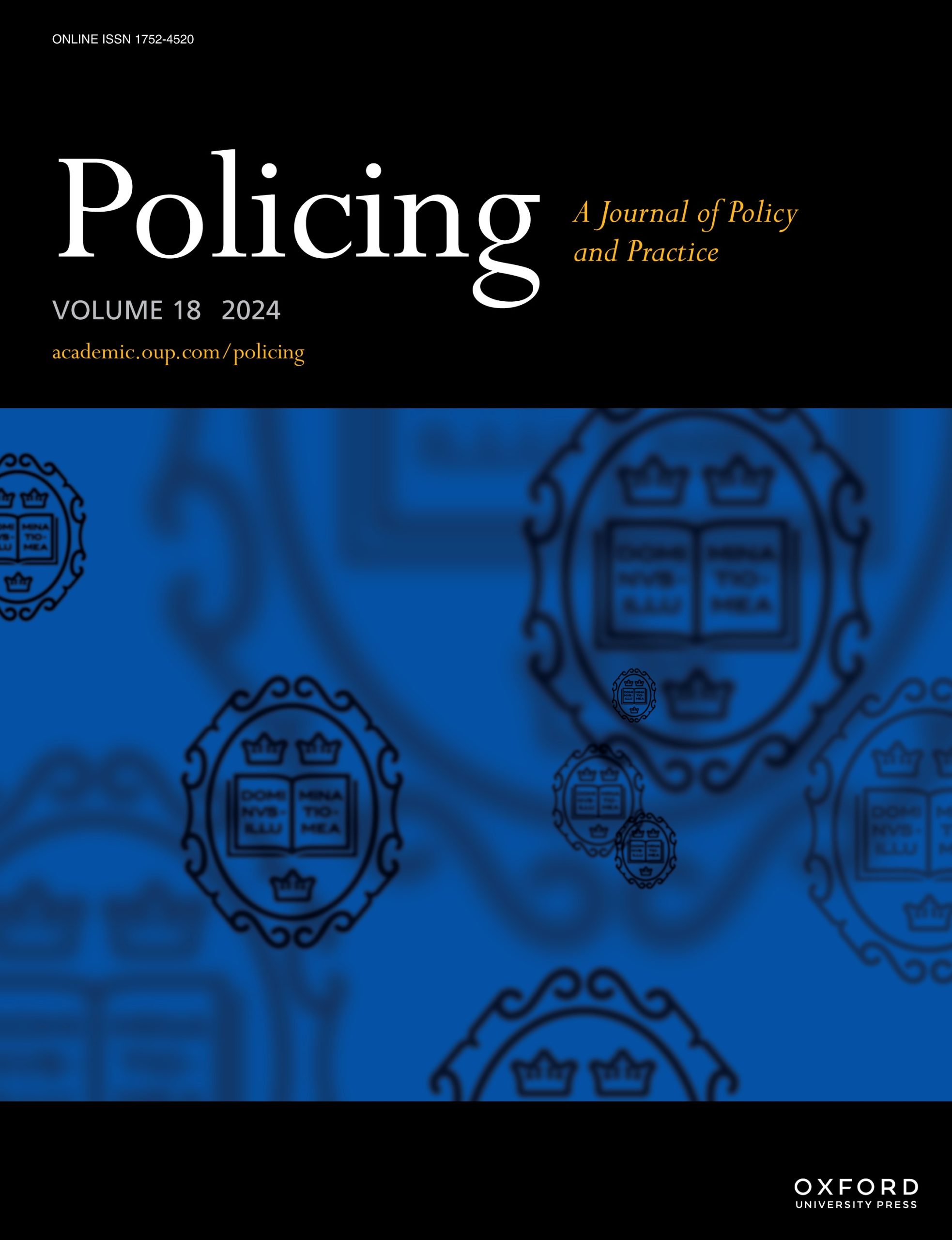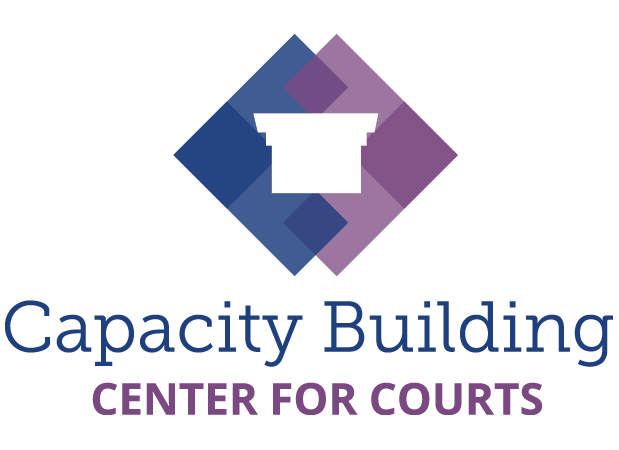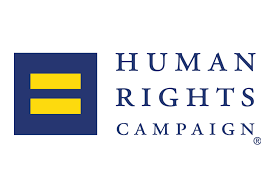Introduction Human services programs, such as those funded through the U.S. Department of Health and Human Services’ Administration for Children and Families (ACF), address complex social issues ranging from supporting healthy relationships, child welfare, and economic mobility to providing high-quality, … Read More
Author Archives: Jamar Little

On the Threshold of Change
About the On the Threshold of Change Report As youth grapple with so many new crises in our current world, how may we harness strategic foresight to create better and more hopeful outcomes for young adults exiting foster care so they can … Read More

Every State is Failing to Equip All Kids for Success, Especially Children of Color, Says New Report
Despite improvements in many key measures, the United States is still failing its children, especially kids of color, as too many children are blocked from reaching essential milestones of well-being. Wide and persistent disparities are hindering American Indian or Alaska … Read More

Supporting Diverse Family Structures Through Social Safety Net Programs
Families do not exist in isolation but are instead deeply connected to the socioeconomic and policy environments in which they live. Changing economic conditions play a key role in how families live and form. For example, research has shown that economic stressors, … Read More

Supporting Kinship Families of Unaccompanied Immigrant Children
Introduction n recent years, record numbers of unaccompanied immigrant children (UC) have crossed into the United States. Between 2017 and 2022, over 385,000 UC were apprehended crossing U.S. borders. This special population of immigrants are defined as children under the age of 18 who … Read More

Economic Empowerment for People Who Have Experienced Human Trafficking: A Guide for Anti-Trafficking Service Providers
Introduction Human trafficking is a crime inextricably tied to economic victimization. Economic instability is a common precursor to human trafficking exploitation. During a trafficking experience, economic instability may be made worse if individuals are prevented from keeping or controlling their … Read More

Factors That Predict The Safe Recovery Of Missing And Abducted Children
INTRODUCTION Missing and abducted children deservedly garner a great deal of media attention; however, most missing children are not abducted, contrary to stereotypical beliefs about the inherent dangers of childhood. There are many reasons why a child may go missing—they … Read More

Judicial, Court, and Attorney Measures of Performance (JCAMP), Volume I: Measures
Developed by the National Council of Juvenile and Family Court Judges – Capacity Building Center for Judges Introduction The Judicial, Court, and Attorney Measures of Performance (JCAMP) project developed this set of performance measures to help the field understand and … Read More

All Children – All Families: The State of LGBTQ+ Inclusion in Child Welfare – 2023 Report
All Children – All Families and the child welfare leaders participating in the program are driving the field forward to reshape the delivery of services to LGBTQ+ youth and families. Since 2007, the Human Rights Campaign Foundation’s All Children – All … Read More

Effectiveness of Family-Involved Interventions in Reducing Co-Occurring Alcohol Use and Mental Health Problems in Young People Aged 12–17: A Systematic Review and Meta-Analysis
1. Introduction Mental health and substance use disorders are the 6th leading contributors to the global burden of disease in young people below the age of 24 [1], measured as disability-adjusted life years (DALYs). Alcohol is the most widely used … Read More

